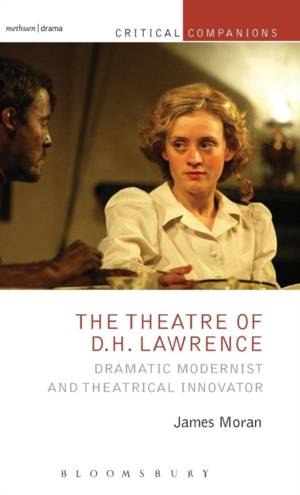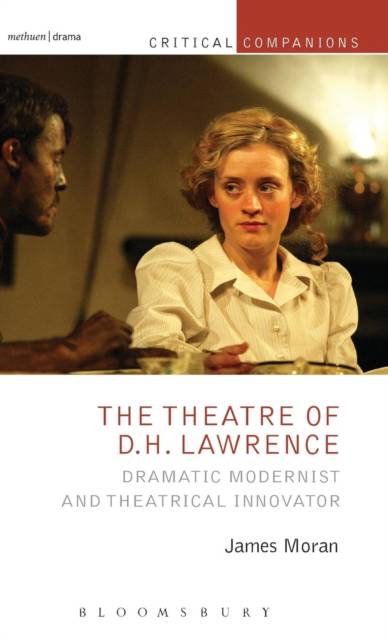
- Retrait gratuit dans votre magasin Club
- 7.000.000 titres dans notre catalogue
- Payer en toute sécurité
- Toujours un magasin près de chez vous
- Retrait gratuit dans votre magasin Club
- 7.000.0000 titres dans notre catalogue
- Payer en toute sécurité
- Toujours un magasin près de chez vous
254,45 €
+ 508 points
Format
Description
This is the first major book-length study for four decades to examine the plays written by D. H. Lawrence, and the first ever book to give an in-depth analysis of Lawrence's interaction with the theatre industry during the early twentieth century. It connects and examines his performance texts, and explores his reaction to a wide-range of theatre (from the sensation dramas of working-class Eastwood to the ritual performances of the Pueblo people) in order to explain Lawrence's contribution to modern drama.
F. R. Leavis influentially labelled the writer 'D. H. Lawrence: Novelist'. But this book foregrounds Lawrence's career as a playwright, exploring unfamiliar contexts and manuscripts, and drawing particular attention to his three most successful works: The Widowing of Mrs Holroyd, The Daughter-in-Law, and A Collier's Friday Night. It examines how Lawrence's novels are suffused with theatrical thinking, revealing how Lawrence's fictions - from his first published work to the last story that he wrote before his death - continually take inspiration from the playhouse.
The book also argues that, although Lawrence has sometimes been dismissed as a restrictively naturalistic stage writer, his overall oeuvre shows a consistent concern with theatrical experiment, and manifests affinities with the dramatic thinking of modernist figures including Brecht, Artaud, and Joyce. In a final section, the book includes contributions from influential theatre-makers who have taken their own cue from Lawrence's work, and who have created original work that consciously follows Lawrence in making working-class life central to the public forum of the theatre stage.
F. R. Leavis influentially labelled the writer 'D. H. Lawrence: Novelist'. But this book foregrounds Lawrence's career as a playwright, exploring unfamiliar contexts and manuscripts, and drawing particular attention to his three most successful works: The Widowing of Mrs Holroyd, The Daughter-in-Law, and A Collier's Friday Night. It examines how Lawrence's novels are suffused with theatrical thinking, revealing how Lawrence's fictions - from his first published work to the last story that he wrote before his death - continually take inspiration from the playhouse.
The book also argues that, although Lawrence has sometimes been dismissed as a restrictively naturalistic stage writer, his overall oeuvre shows a consistent concern with theatrical experiment, and manifests affinities with the dramatic thinking of modernist figures including Brecht, Artaud, and Joyce. In a final section, the book includes contributions from influential theatre-makers who have taken their own cue from Lawrence's work, and who have created original work that consciously follows Lawrence in making working-class life central to the public forum of the theatre stage.
Spécifications
Parties prenantes
- Auteur(s) :
- Editeur:
Contenu
- Nombre de pages :
- 264
- Langue:
- Anglais
- Collection :
Caractéristiques
- EAN:
- 9781472570383
- Date de parution :
- 19-11-15
- Format:
- Livre relié
- Format numérique:
- Genaaid
- Dimensions :
- 140 mm x 216 mm
- Poids :
- 453 g

Les avis
Nous publions uniquement les avis qui respectent les conditions requises. Consultez nos conditions pour les avis.






